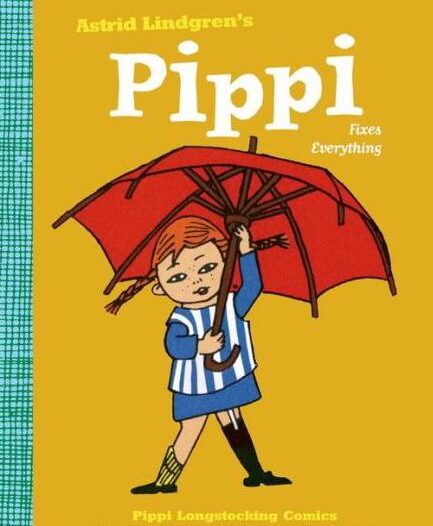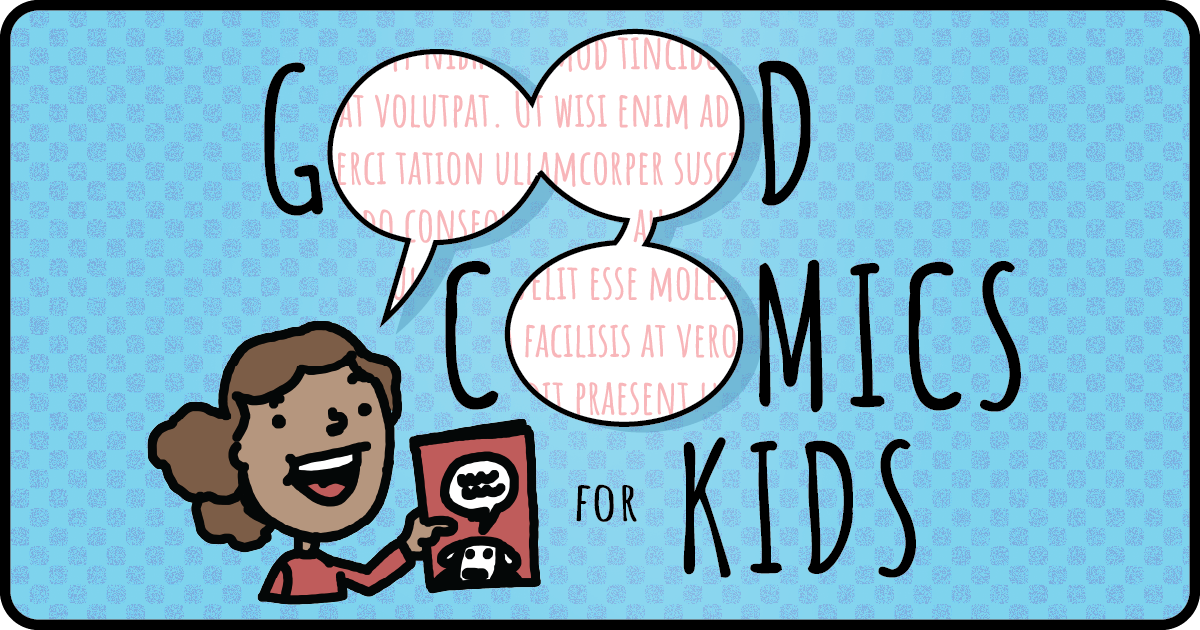
Review: Pippi Fixes Everything
Written by Astrid Lindgren
Drawn by Ingrid Van Nyman
Translated by Tiina Nunnally
Drawn & Quarterly, $14.95
Although best known as the heroine of author Astrid Lindgren’s late 1940s prose books and their film adaptations, Pippi Longstocking also starred in comics created by Lindgren with artist Ingrid Van Nyman, the Scandinavian artist who was the first to draw Lindgren’s fiery, red-haired little tornado of a girl.
These comics first appeared in Swedish magazine Humpty Dumpty in the late 1950s, about a decade after Lindren’s original chapter books, haven’t been re-published anywhere outside of Scandanavia in a good 30 years, and have never before appeared in English. At least until last year, when Drawn & Quarterly published their first collection, Pippi Moves In. The publisher’s Pippi library grows by a volume with the release of Pippi Fixes Everything.
ADVERTISEMENT
ADVERTISEMENT
The title comes from something Pippi herself says in one story. In “Pippi and The Fire,” two little kids are trapped in the top floor of a burning building, far beyond the reach of the firemen’s tallest ladder. As they despair and think the children lost, Pippi sprays them with a hose, saying “I refuse to believe that. We can fix things if we’re clever.”
So she and pet monkey Mr. Nilsson climb a tree with a rope and a long board. Propping the board up between the branch and the widow sill, she walks across, picks up the kids and lowers them down by a rope.
Pippi is indeed clever, and fearless, and super-strong. Strong enough, in fact, that in the first story she takes on a gang of bullies, tosses burglars like rag dolls and regularly carries her own horse over her head.
One need not know anything about Pippi or her prose adventures to enjoy these comics, which are all simple enough and offer a thorough introduction to Pippi’s many virtues, and her several shortcomings, like her inability to behave like a proper little girl when she finds herself invited to join polite society (As in “Pippi Is Invited For Coffee”). But perhaps that’s just what happens when a little girl lives alone with only her horse and her pet monkey, while her sea captain father is away and she’s waiting to grow up, so she can become a pirate.
One of pop culture’s original not-so-bad bad kids, Pippi proves a great role model for girls and boys in many ways, and is far enough removed from real-life that her bad behavior, which is generally no worse than a refusal to bend to nonsensical societal mores, can be enjoyed as a sort of remove: Pippi gets to do those things because she’s special, she’s Pippi. But whether you can dive face-first into your friends’ mother’s cake or climb into the windows of strangers (to say nothing of shooting off pistols or playing on the roof), everyone can be kind and brave and generous and thoughtful, and certainly there are many more important things in life than whether or not your socks match.
Vang Nyman’s artwork has the flat, charming simplicity of a Christmas card, and bold, primary colors twice as bright. Her cherubic children, Pippi included, contrast sharply with the exaggerated, emotive adults, whose shapes and expressions put them in an entirely different class from the kid characters they share panel-space with. Her animal characters are particularly appealing, generally bearing, placid, non-plussed expressions, no matter what Pippi may be having them do (balancing, carrying or turning cartwheels on her horse, for example, or, in Mr. Nilsson’s case, generally imitating Pippi’s actions).
There’s a hint of strangeness to the stories, a result of their European origins as well as their relatively great age, that isn’t entirely erased by Tiina Nunnally’s translation, but it’s remarkable how universal the stories and art are, their simplicity keeping them from being too strongly tied to a particular time or particular place. What hints of another culture and another time remain to be discovered by modern North American children are subtle enough to serve as a sort of sprinkled spice, an element giving the comics their particular flavor, like the chaotic panels where Pippi’s whole house seems on the verge of collapsing in all directions from too much play or her straightforward declaration about the nature of the world or what that nature should be.
Filed under: Reviews
About J. Caleb Mozzocco
J. Caleb Mozzocco is a way-too-busy freelance writer who has written about comics for online and print venues for a rather long time now. He currently contributes to Comic Book Resources' Robot 6 blog and ComicsAlliance, and maintains his own daily-ish blog at EveryDayIsLikeWednesday.blogspot.com. He lives in northeast Ohio, where he works as a circulation clerk at a public library by day.
ADVERTISEMENT
ADVERTISEMENT
SLJ Blog Network
2024 Books from Pura Belpré Winners
In Memorium: The Great Étienne Delessert Passes Away
Parsing Religion in Public Schools
Crafting the Audacity, One Work at a Time, a guest post by author Brittany N. Williams
ADVERTISEMENT












I`m very familiar with Pippi, but not thanks to comics and prose. But trough an animated tv-series, which is okay.